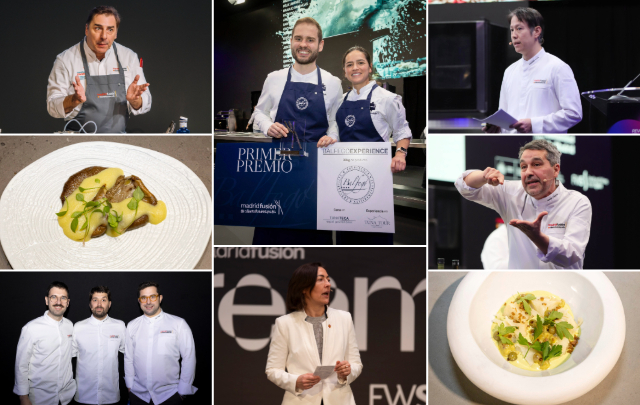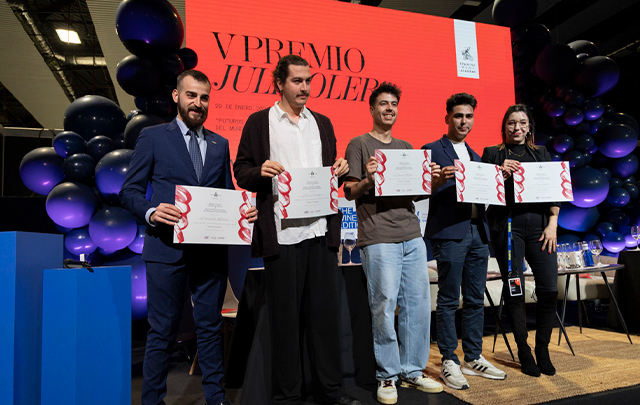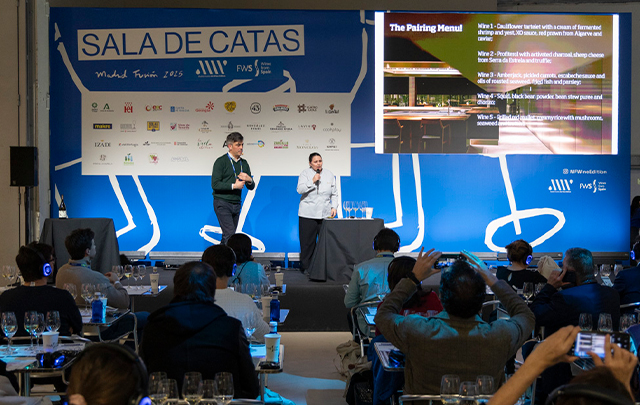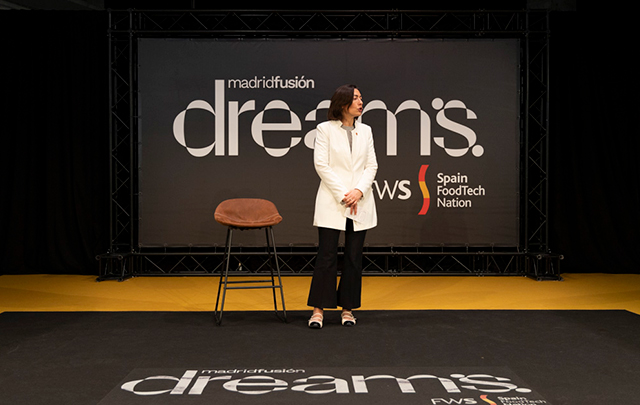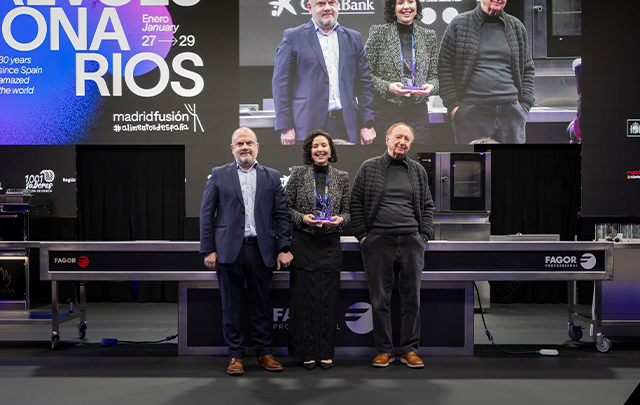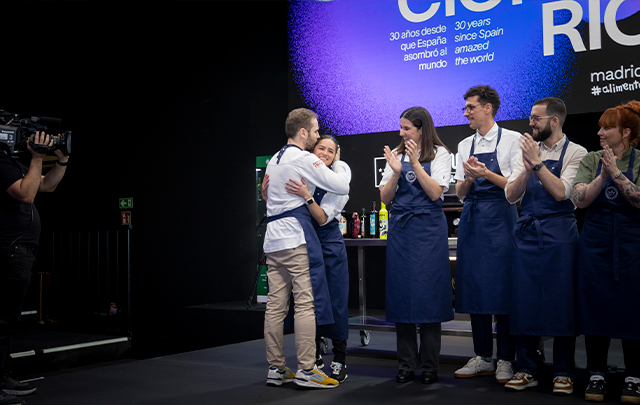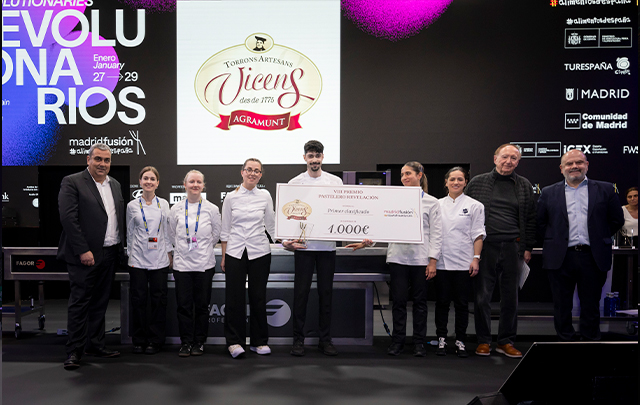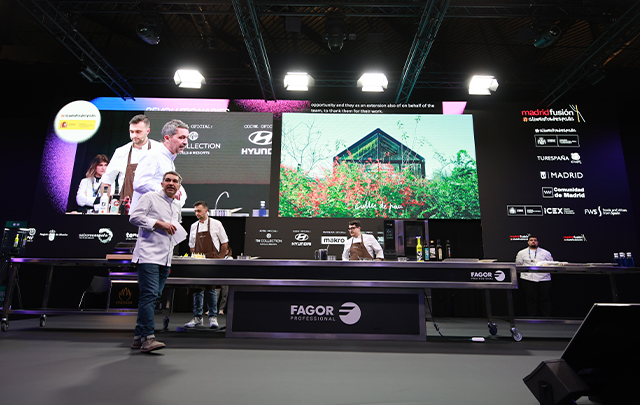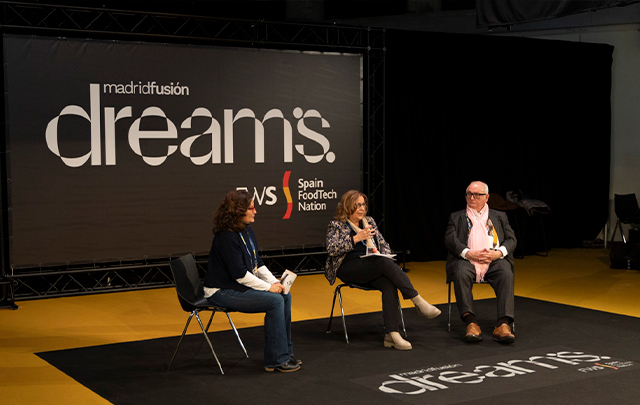News
Gastronomy not immune to climate change
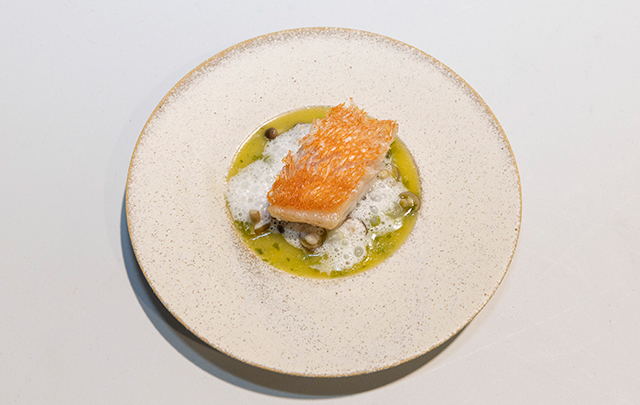
In Venice's lagoon, there is a restaurant that, over the years, has adapted its menu to the various natural changes in the environment
Gastronomy is not immune to climate change. Just ask the brothers Chiara Pavan and Francesco Brutto, chefs at Venissa* (Mazzorbo, Venice, Italy), a restaurant on a small island just over a kilometre long in the Venetian lagoon. There, as they told Madrid Fusión Alimentos de España, they have been able to observe the slow but steady changes that climate change has brought to the biodiversity of the lagoon. Increasing temperatures and longer periods of drought have reduced the flora and fauna they work with in their kitchens.
Aware of the drastic problem facing the ecosystem, they decided to use only local produce in their kitchen, most of which came from their own gardens. This led them, and still leads them, to think before they cook. This is the origin of their ecological cuisine, one of the basic rules of which is the prohibition of the use of species that do not exist or that are disappearing and that in turn are predators of other species.
In this way, they began to use invasive species to create their menu, which is always 70% vegetarian, and also to raise awareness that these species can be consumed at home and should not be wasted. And the second founding concept is product revitalisation. We try to use every product from start to finish.
For example, as a result of environmental changes, when the lagoon's soil became saturated with salt and many plants died, other species appeared that they now use in their menu. Now they are affected by the invasion of the blue crab, a very sweet species that has arrived due to the lack of predators and the rise in temperatures.
Cooking the journey
A concept of cuisine that takes into account sustainability and responsibility is also that of Agustín Ferrando Balbí, chef at Ando*, a restaurant in Hong Kong that has opened its doors in the centre of that city, which is home to more than 20 Michelin-starred restaurants.
But this Argentinian chef of Spanish origin wanted to specialise in fish and seafood, so, unlike most Argentinian chefs who come to Spain to learn, he decided to go to the other side of the world. And he did so with a very clear idea: to create his own cuisine with the Argentinean and Spanish roots he had thanks to his grandmother, from whom he learned and ate during his childhood. A style of cooking whose philosophy is that of his grandmother: he prepares boxes of food and plenty of it, because where two eat, three eat.
That is why he cooks his signature dish in the centre of Hong Kong, a dish he will never take off the menu, even if he updates it. It is a rice dish in broth that mixes Spanish and Argentinean culture with a Japanese touch. The rice he uses is bought directly from people who live on a deserted island in Hong Kong.
Nevertheless, he says that the products he uses in his restaurant, named after a word that means relaxation in Japanese and rhythm and conversation in Spanish, vary according to the season. In other words, they are always seasonal.
The extreme curing of fish
Diners are used to being asked how they would like their meat cooked, depending on the cut, when they order it in a restaurant. But this is not the case with fish, as there is no terminology to say that a sea bass, for example, is cooked to a certain temperature. This is why Diego Schattenhofer, chef at Taste 1973* (Arona, Tenerife, Spain), presented a scientific and culinary study based on the extreme ageing of fish at the Madrid Fusión Alimentos de España.
This work was carried out by the gastronomy of Tenerife and was designed to enable chefs to use fish at different temperatures, knowing what to expect in terms of maturation, in order to make this type of product even more valuable than fresh fish. Because it is possible to preserve fish at zero degrees, as long as, as the chef pointed out, it is upside down. Its clear eyes? The key to good preservation.
The land that feeds us, the land that devours us
To show people that very simple dishes can be made with products you can find in any kitchen cupboard. But with an Andalusian touch. This is the task of Pedro Aguilera, chef at Mesón Sabor Andaluz* (Alcalá del Valle, Cádiz, Spain). And the fact is that this restaurant, as he explained in his talk 'La tierra nos cría, la tierra nos come' (The land that raised us, the land that eats us), was founded 30 years ago in a small village in the mountains of Cádiz with a single objective: to prevent the people of the village from emigrating and to transmit the Andalusian gastronomic culture to people who came from hundreds of kilometres away. But not just anyone.
In this restaurant they promote radical seasonality. There is no product that is not in season. And always with an Andalusian touch, from the dish to the chefs. The team loves Andalusia," says the chef, before explaining that their menu starts with a simple dish with its own identity.
There are three olives, sweetened only with water until they reach the point of bitterness they are looking for in the kitchen. Then they slice them and bathe them in a quince and vermouth infusion, finishing with three leaves of fresh oregano and a few drops of olive oil. It's a declaration of intent to start with this dish. It has all the nuances of Andalusian cuisine,' says a 100% Andalusian chef about 100% Andalusian cuisine.

